
call us today!

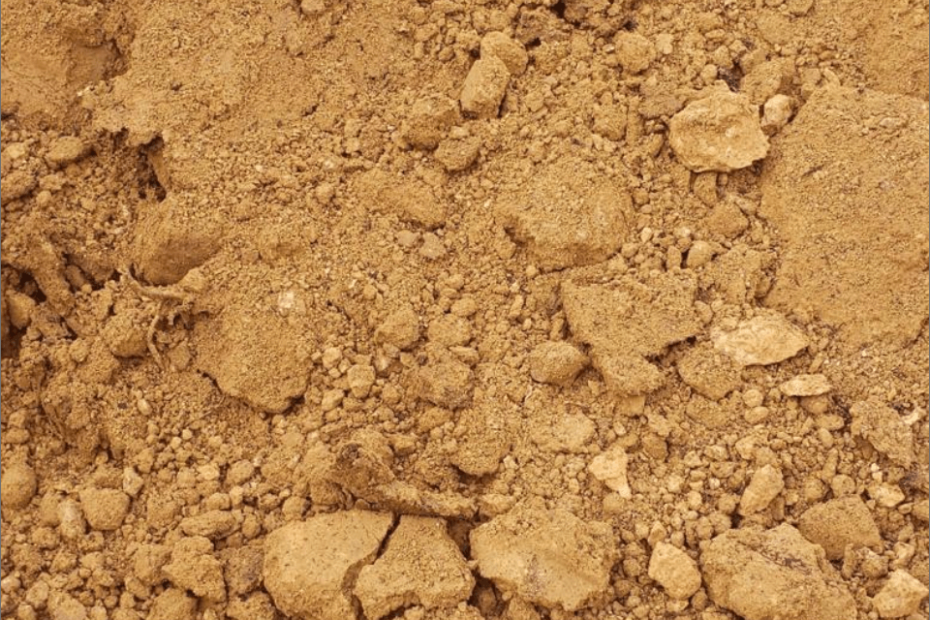
Clay Material is mined from multiple locations and can come in a variety of different colors and consistencies. we deem any soils with a plasticity over 20 as clay material. Typical applications for clay would be on projects where a highly cohesive soil is desired to limit penetration of water or to limit erosion in certain areas. However, clay can be used in many other applications where high plasticity is not of concern.
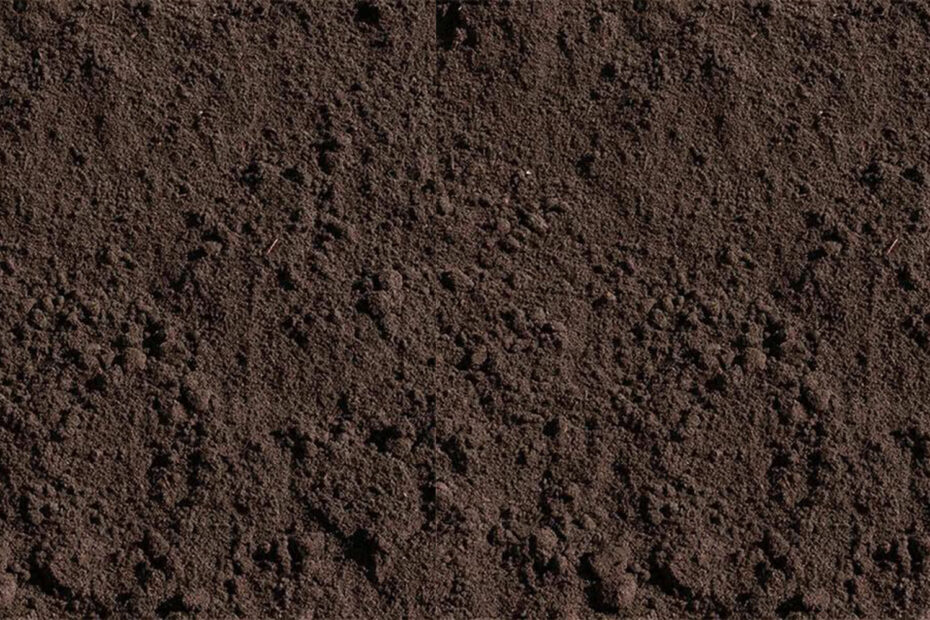
Topsoil is an unscreened/unprocessed material generally mined from soils occurring within the top 6 to 18 inches of natural ground. This unscreened topsoil is a cost-effective product that provides some of the organic qualities of a more expensive screened product. However, being that it is an unscreened/unprocessed product it may contain some impurities in the form of clay clods or small roots.
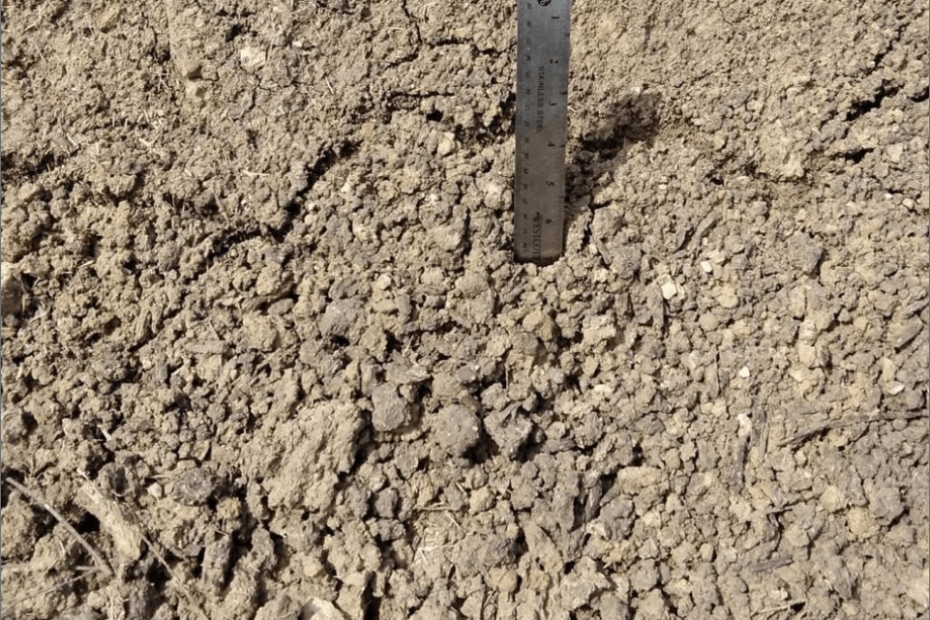
Common Fill is terminology used to describe any fill material that does not require a certain specification to be met. Common Fill will mostly be delivered as a clay type 11 material. However, the range of consistencies, color, and other characteristics can vary from location to location. Typically, common fill is the most cost-effective product that can be used when no specifications are required on your project.
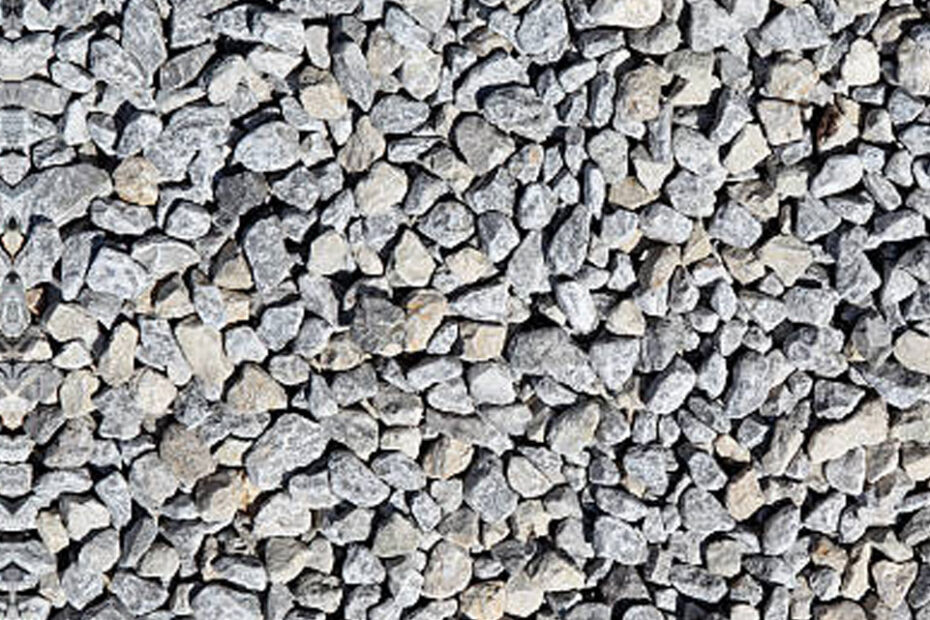
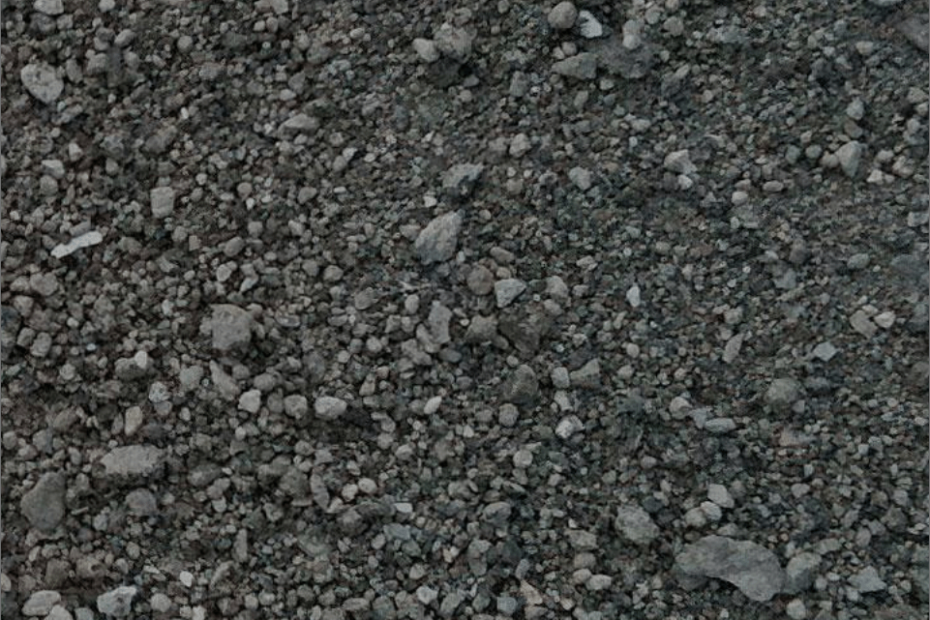
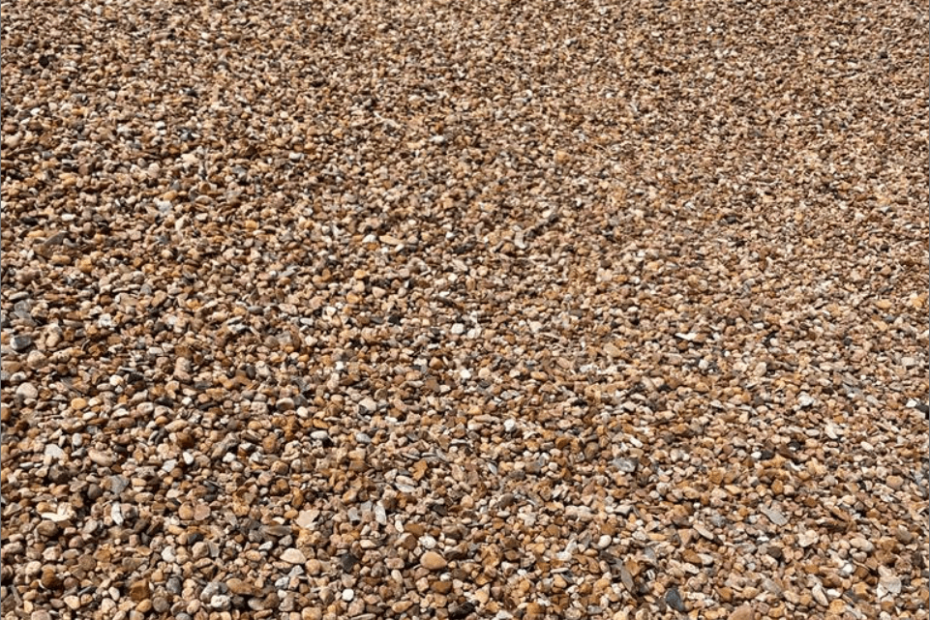
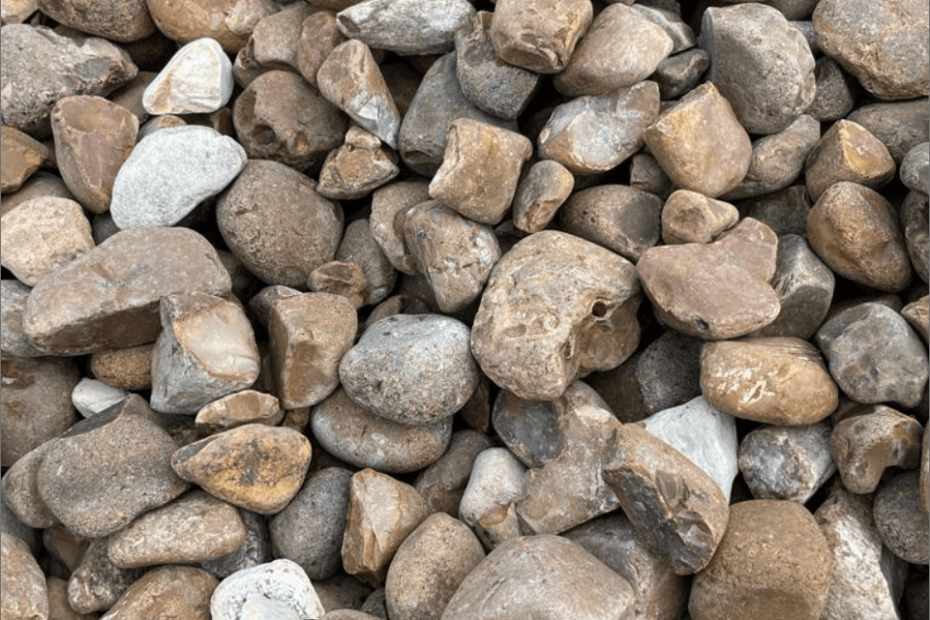
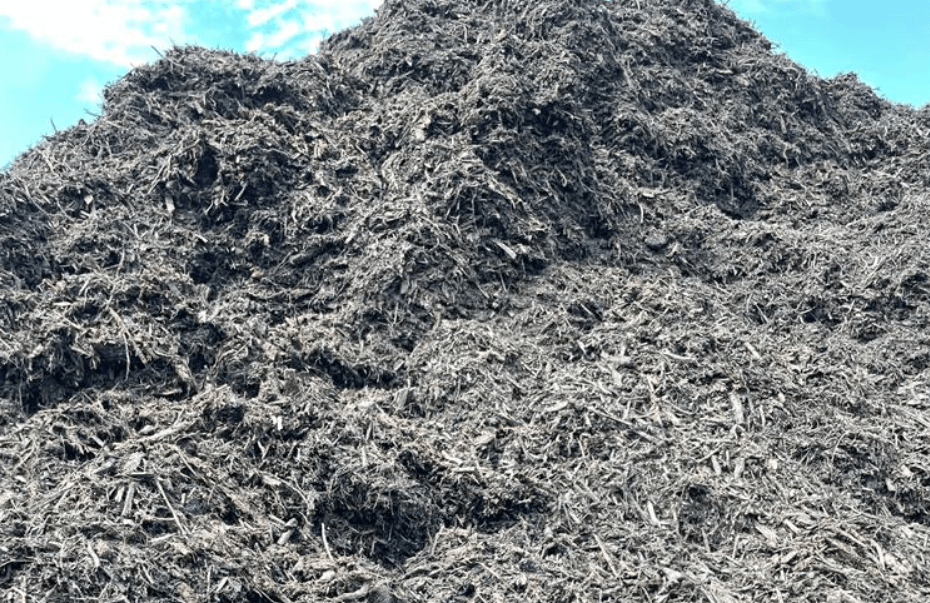
Mulch is a layer of loose organic matter such as straw, cut grass, crushed branches, leaves and other similar materials, which are used to cover the soil.
Helps maintain a favorable soil condition because, as they come from plant materials, destruction occurs, leading to several positive effects on both soil and plants.Some of the physical effects they produce are: When mulch is mixed into the topsoil, the material keeps the soil more moist and generally increases root growth. Significantly reduces evaporation or transpiration, making irrigation less frequent.
Mulch improves and stabilizes the soil structure, acts as a buffer, reduces soil compaction and favors moisture retention.
